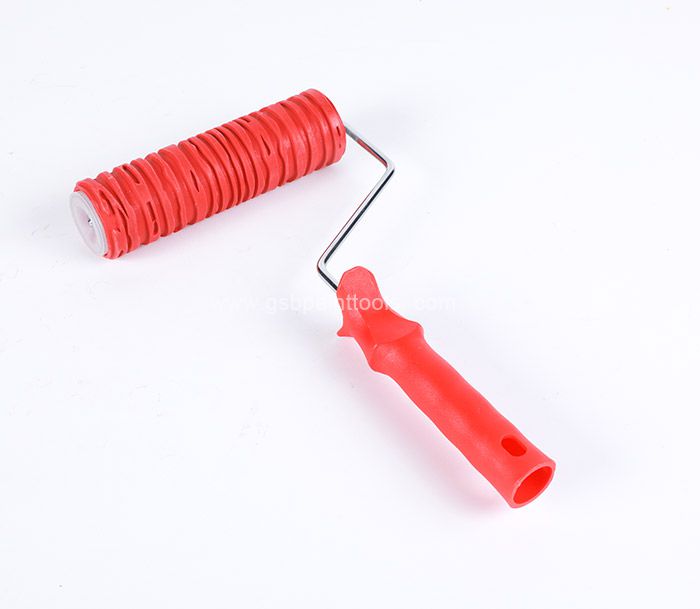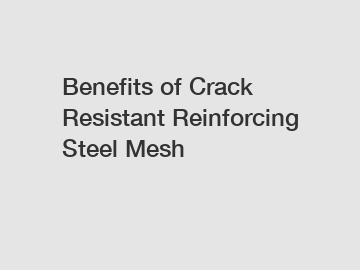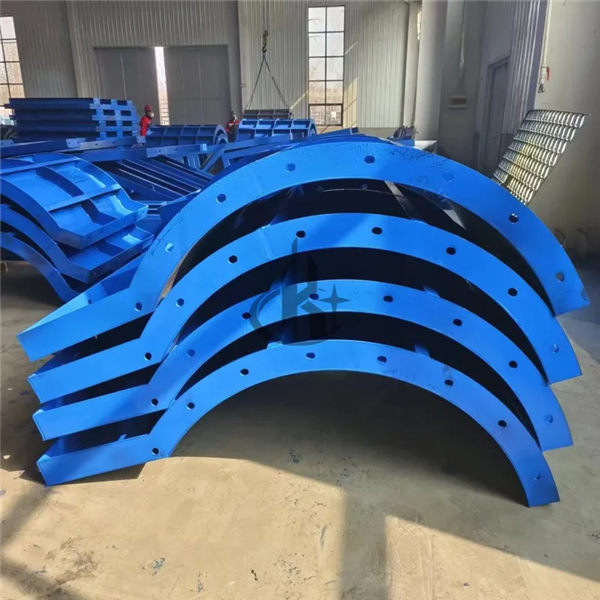How to choose the best paint brush?
With the continuous advent of new coatings, a variety of novel paint construction tools have also appeared, and paint brushes, as common and portable auxiliary material tools, play a very key role in the painting process, directly affecting the final paint effect.
The brush is a commonly used tool for applying paint. Paint brushes are mainly used to apply various oil-based paints, such as phenolic varnishes, alkyd varnishes, etc. When working with a paint brush, it does not require a lot of equipment, the process is relatively simple, and it is generally used to brush paint that dries slowly.
There are many types of paint brushes, which can be divided into flat brushes, round brushes and crooked neck brushes according to their shapes; According to its function, there are generally roller brushes, interior wall paint, exterior wall paint, fireproof paint, glass paint, etc.; The soul of paint brushes, bristles, can be divided into two categories: natural bristles and polymer filaments according to their production materials.
Natural bristles are commonly used in pig bristles and wool as the representative of animal bristles and sisal as the representative of plant fiber filaments, pig bristles are the most common natural bristles, with good adsorption, suitable for oil-based paint.
There are many kinds of polymer brush filaments, such as PA, PP, PET, PBT, etc., these raw materials are processed into hollow filaments, sharpened filaments, four-leaf filaments, small hollow sharpened filaments, plum three-hole filaments, high imitation bristles and other different types of polymer filaments are used as bristles.
1. Wool brush
The wool brush is fine, soft, smooth and has good leveling, which can spit out paint evenly, make the paint surface smooth, consistent in thickness, not easy to leave brush lines on the brush surface, smooth and durable during construction; The disadvantage is that it is easy to shed.
Using pig hair as the main raw material, it has the characteristics of good toughness, not easy to deform, good elasticity, high temperature resistance, moisture resistance and so on. High-quality pig hair brushes can spit out paint evenly, so that the thickness of the paint surface is consistent, and it is not easy to leave bristles on the brush surface, which is especially suitable for paints and glues with high concentration.
3. PA nylon brush
PA6, PA66 and PA612 represent the nylon family, among which PA6 is the cheapest, but it still has good recovery, temperature resistance and wear resistance; Compared with nylon 6, nylon 66 has better hardness, recovery and wear resistance, and the temperature resistance can reach 150 degrees Celsius; Nylon 612 has the strongest comprehensive ability, low water absorption, better recovery and wear resistance than nylon 66, and also has certain mold resistance and antibacterial properties.
4. PP polypropylene brush
PP bristles are characterized by a density of less than 1, when testing the wool material, several of them can be placed in the water, if floating on the water surface can be preliminarily judged to be PP material, the cross-section of PP hair is oval, in addition, the elasticity of PP is poor, it is difficult to return to the original state after many bending, and it can withstand heat to 120 degrees Celsius.
Further reading:What Are the Benefits and Applications of Self-Adhesive Fiberglass Mesh Tape?
Why Choose Sports Artificial Turf?
All You Need to Know About Construction Road Mats
Benefits and Applications of Foil Faced Phenolic Duct Insulation Board
Maximize Strength with Transverse Reinforcing Mesh Panels
How to Choose Transverse Reinforcing Mesh Panels?
10 Facts You Should Know About Sd Stirrup Mesh

5. Sponge brush
In addition to water-based paints, it is also suitable as a type of brush for oil-based paints, the sponge is more elastic, the paint is more relaxed, and the advantage is that the sponge brush will not have the texture of the bristles of a flat brush, which is suitable for non-professional personnel.
6. Roller brush
The paint brush, which is used with the paint disc, is also the most labor-saving and time-saving brush at present. When a wall that is high above the ceiling needs to be painted, attach an extension rod to the paint brush, and then you can easily handle the paint from the heights. The disadvantage is that it is easy to splash and the small corners cannot be fully smeared.
Selection of paint brushes
The price of paint brushes on the market is from high to low, the quality is uneven, a better brush, can greatly improve the efficiency of painting, splash paint is very little, and the final effect of brushing is also close to perfect. So how do we choose a paint brush that is inexpensive and suitable for us?
First of all, be sure to check carefully before buying a brush, the ferrules of a good brush are very tight and rust-resistant, the most important bristles look like they are covered with fine hairs at the same end, which helps to apply the paint, and the end is like a chisel tip for better control of the paint.
Secondly, in terms of selecting types, we generally use synthetic bristles to brush water-based varnishes; brush an alkyd-based varnish with a natural bristle brush; Sponge brushes are more suitable for finishing surfaces due to their low cost.
Similar to pig wool paint brushes, common specifications on the market include 1 inch, 2 inches, 3 inches, 4 inches, and 5 inches, all of which are brush widths. Among them, 5 inches are rarely used, and 3 inches and 4 inches are often used in ordinary households, while 1 inch brushes are mainly used to deal with corner painting work.
The common length and size of the roller brush include 2, 4, 6, 7, 8, 9, 10 inches, and the roller brush of more than 7 inches can be selected for large-area construction, and the roller brush below 6 inches is used for small-area construction and construction in corners and narrow areas. In addition, there are also drum diameters, mainly 45mm and 20mm; The diameter of the handle is generally between 4-8mm.
General home decoration can choose a combination of painting brushes to make up for the defects in size. If you are working indoors, buy a 3-inch grooming brush to treat places out of reach, and choose a 2-inch or 2.5-inch brush to treat burrs and windows.
The Advantages of Implementing Sd Stirrup Mesh
How is 668 Hard Drawn Mesh Used?
Space Capsule House Outdoor Camping Travel New Experience
How to Choose Australian Standard Reinforcement Mesh?
Thermal Expansion and Polycarbonate Roofing Sheets
Carrara Quartz Stone vs. Marble: Which is the Better Choice for Your Home?
10 Questions You Should Know about Stainless Steel Outdoor Grills for Beginners











